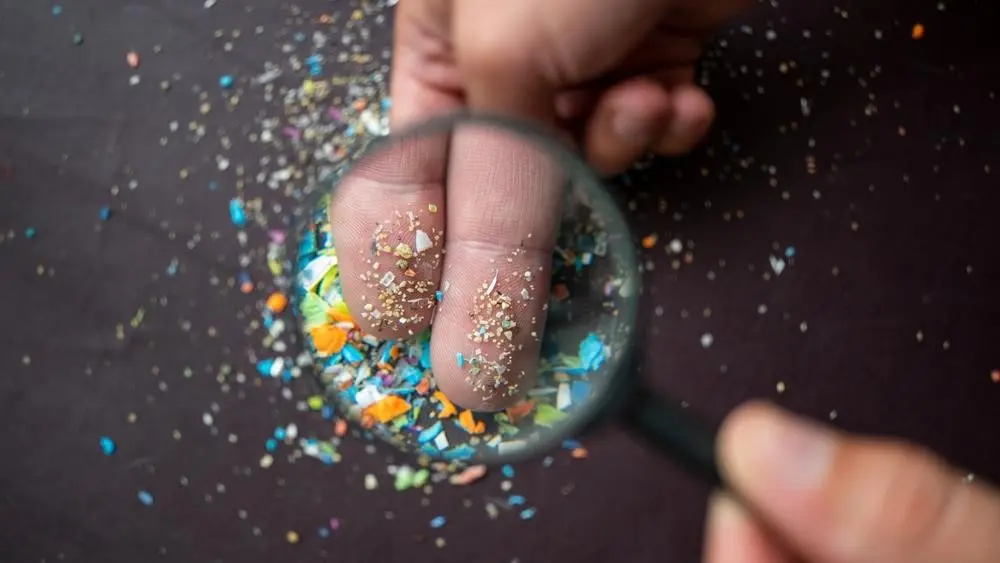Who would think the innocuous bathroom towel could pose a threat to one’s health? An indispensable tool in our bathing routine, seemingly clean or lightly used bath towels coupled with a potentially humid bathroom environment can harbor a stunning amount of bacteria.
Germs contained in towels can cause skin disease, hair loss, and urinary tract infections and can even spread drug-resistant bacteria that can be fatal.
Most bacteria in towels come from the user’s body, face, and hands. With the high humidity usually found in a bathroom, it becomes a highly favorable environment for rapid bacterial growth. Towels that appear clean to the naked eye may be full of tens of thousands of bacteria, posing potentially serious health threats.
1. Breed and Spread Bacteria
A Japanese life encyclopedia TV program called “Non Stop” tested the bacterial content of bath towels and found that freshly washed towels contained 190,000 counts of bacteria. After one day of use, the number increased to 17 million—nearly 90 times more than before use. The bacterial count three days after use soared to 87 million and was as high as 94 million on towels used for one week without being washed.2. Cause Skin Diseases
William Chao, a toxicologist, certified diplomate of the American Board of Toxicology, and professor at Chung Yuan Christian University in Taiwan, said that if towels are left unwashed for three days, they will contain a variety of germs and that using them for cleaning is “like wiping your body against a toilet.” In addition to E. coli—most abundant on and in toilets—more types of bacteria could be found according to the different physical conditions of the towel’s user, including Staphylococcus aureus, Salmonella, and Legionella.Wiping your body with unclean towels can lead to skin problems. William Chao said that the germs contained in a towel are prone to causing skin allergies, folliculitis, hair loss, and other skin diseases. Many people have the habit of sharing towels, including couples and families with children.
If one of the users has an infection, the towel may become a breeding ground for the bacteria, causing mutual and repeated infections. When one towel user is undergoing treatment for an ailment, there’s the chance that the germ will reside with the partner and soon return to the initiator, creating a cycle. This is quite often the case with the fungal infection athlete’s foot (Tinea pedis) and viral warts.
Chao noted that if your body is itchy after a bath, or if you often have allergies or infections, it’s recommended to check the cleanliness of your bathroom environment. Within a family, it’s recommended that each use their own towel.
3. Bring Higher Risk of Death
In 2003, The New England Journal of Medicine published a study of methicillin-resistant Staphylococcus aureus among players and staff members of a professional football team. Drug-resistant Staphylococcus aureus is immune to common antibiotics such as oxacillin, penicillin, amoxicillin, and cephalosporin. In addition to players sharing saunas, whirlpools, therapy equipment, and the turf of the playing fields, they also frequently shared towels to wipe their sweat, hands, and faces.The study found several factors that might facilitate the transmission of infection: frequent skin abrasions among players, a lack of regular access to hand hygiene for trainers who provided wound care, skipping of showers by players before the use of communal whirlpools, and sharing of towels.
The report states that Klebsiella pneumoniae and Acinetobacter bacteria that cause blood infections in hospitals have 50 percent resistance to antibiotics and that 8 percent of blood infections caused by Klebsiella pneumoniae are also resistant to the antibiotics typically used as a last resort, Carbapenems, increasing the risk of death from uncontrollable diseases.
The report also showed a 15 percent increase in bloodstream infections and gonorrhea infections caused by drug-resistant E. coli and Salmonella compared with 2017.
Washing Towels to Remove Odor
Miscellaneous bacteria that multiply due to unclean towels will produce odors. Japanese towel critic Tetsuya Abe demonstrated on a TV show how to wash towels. He first boils a towel in hot water for three to four minutes, then rinses it with water, and the odor (bacteria) on the towel disappears.One great way to deter bacterial growth and dry your towel is to hang it outside in the sun after use.




